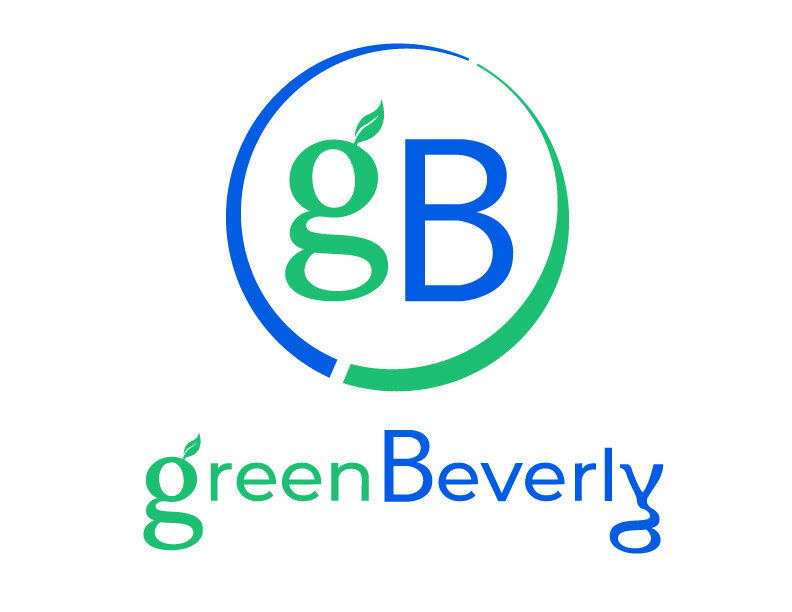Sustainable School Lunches
School lunches frequently involve individual snack bags, lots of plastic wrap, and juice boxes that go right in the trash after your child finishes their meal. And if your child eats a meal from the school cafeteria, you might assume that priorities you normally place on organic, local, or sustainably-produced food may have to go out the window. But whether your Beverly student brings a lunchbox or they’re eating what the school provides, there are ways to achieve a more environmentally-friendly, sustainable school lunch.
In case you weren’t already aware, thanks to a continuance of a federal waiver, the city of Beverly is able to offer FREE BREAKFAST AND LUNCH for all students this entire academic year.
PACKING LUNCH
There are some easy ways to cut down on waste in a packed lunch, some of which you may already be doing – and give yourself credit, as these small changes DO add up over time and have real impact in our community and beyond.
Reusable bottles: Whether you’re filling them with water, juice, or chocolate milk, these workhorses of a lower-carbon lifestyle keep plastic out of the waste stream AND keep your out of pocket costs down. An eight-pack of Mott’s apple juice in 6.75oz boxes, or 54oz total, costs about $3 at Market Basket at the time of this post; the 64oz bottle costs the same. Buying one larger container and decanting into a reusable bottle gets you the equivalent of nearly two free juice boxes. Juice boxes and similar cartons are NOT eligible for recycling in Beverly yet.
Reusable sandwich bags and wrap: Filmy plastics are the worst of the worst from a recycling and plastic waste standpoint. Fortunately, there are many alternatives available now, whether you prefer a wrap or bag for the endless parade of sandwiches and grapes and Goldfish going out your door. Check out local business Unpacked Living’s kitchen collection for some great products. You can also make your own reusable, easy to clean kitchen wrap with spare fabric and some beeswax (locally-harvested from Beverly Bees, perhaps?)
Buy in bulk and repack: Individually-wrapped packets of chips or gummy snacks are appealing for their convenience, but come with a high carbon price and no recyclable components. Plus, they are a much higher price per serving. Buy large containers and repack into reusable, smaller containers for lunches and snacks.
Shop local: Buying your groceries from small farms supports the local economy as well as healthier, more sustainable food systems with a greatly reduced carbon footprint vs. large retailers. Although the Beverly Farmer’s Market is winding down for the season with only a handful of Mondays left, you can support local farmers all year by shopping directly at their brick and mortar locations or getting a CSA (community-supported agriculture, or farmshare). You probably can’t get a local version of Doritos, but apples, carrots, or ham for sandwiches can all come from your neighbors rather than from box stores.
Try plant-based meals: To reduce the carbon footprint of your home’s food consumption to the max, swap in plant-based foods for a default meat option a day or two per week. Meat and dairy production are responsible for 14.5% of the world’s greenhouse gas emissions. Beef cattle alone in the United States account for nearly half of our country’s emissions from agriculture.
Changes don’t need to be huge: throw in some almond butter and crackers to replace pepperoni for a snack one day, or see if your kid might enjoy hummus rather than yogurt sometimes (you might be surprised). Burritos with beans and cheese instead of chicken, or pasta with locally-sourced pesto instead of meatballs – these are the choices that, believe it or not, over time truly will make a big difference to our planet.
CAFETERIA LUNCH
Sample Beverly High School lunch
Plan ahead: Review the options with your kids – Beverly has all meal options available online ahead of time with nutrition info. Knowing what they will eat ahead of time may cut down on waste and help in the process of making healthy choices.
Pick plant-based: If your child chooses a vegetarian option at school just once or twice a week, that’s a positive change whose impact builds over time. See if they’re interested in learning about the climate impacts of different foods. Older kids may even lead the way in this. Plus, choosing plant-based can come with health benefits, too. The hummus lunch vs. the hot dog lunch on offer in September has half the saturated fat, for instance.
Get involved: If you would like to see changes in how BPS sources food or plans meals, bring your concerns to the School Committee.
Share the story of Oakland, California‘s school district, which over two years was able to reduce its food carbon footprint by 14% and its water usage by 6% while saving more than $40k.
– Shrinking Carbon and Water Footprints of School Food
Change starts with you! As always, Green Beverly is here to assist all residents with making greener choices. Our free coaching services are just an email away.
Think positive: Food provided by the school may not come from a local farm (though it also might!) or may not be pesticide-free, or in some way not match the food goals you set for your family at home. But consolidated shipping and preparation actually can mean a lower carbon footprint for the food that the cafeteria serves. And above all, if your child is eating nutritious food, they’re better prepared to learn and grow and lead the next generation.
RESOURCES
Agricultural Systems 2/19



